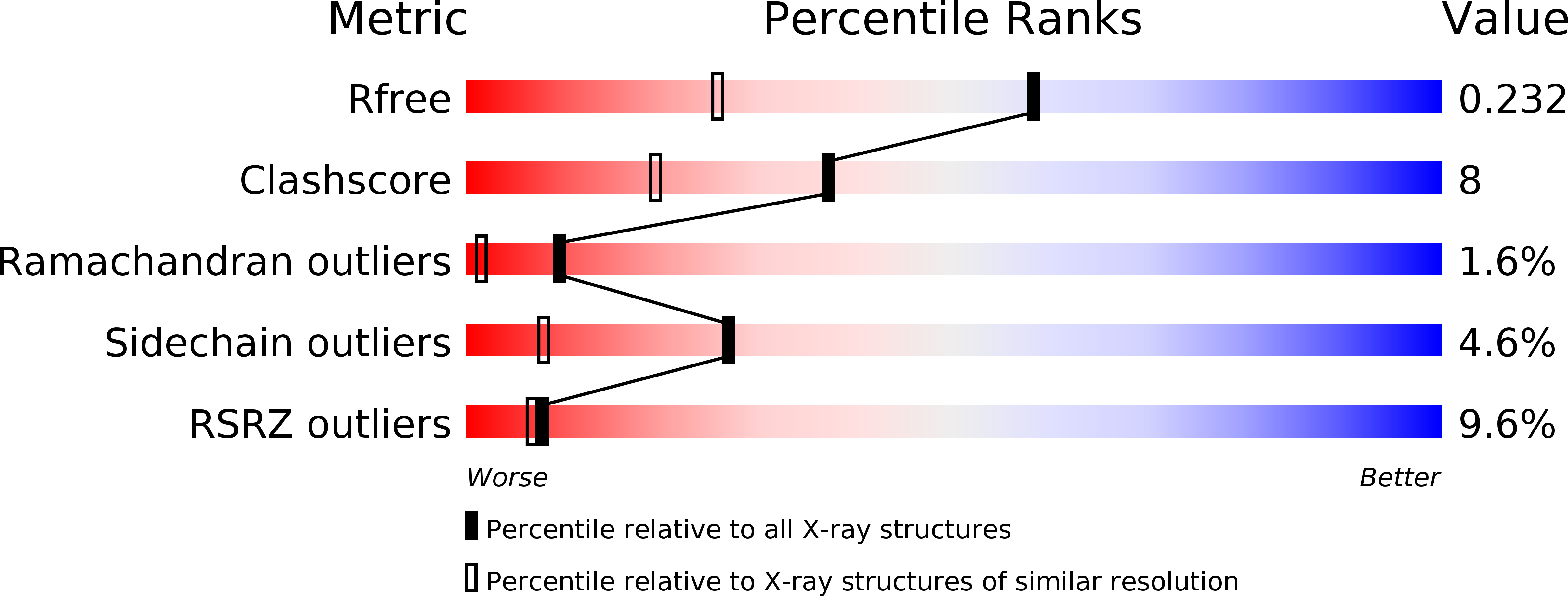
Deposition Date
2005-10-05
Release Date
2006-06-27
Last Version Date
2024-10-23
Entry Detail
PDB ID:
2B7U
Keywords:
Title:
Ribosome inactivating protein type 1 from Charybdis maritima AGG
Biological Source:
Source Organism:
Charybdis maritima (Taxon ID: 82070)
Method Details:
Experimental Method:
Resolution:
1.60 Å
R-Value Free:
0.20
R-Value Work:
0.18
R-Value Observed:
0.18
Space Group:
C 1 2 1


